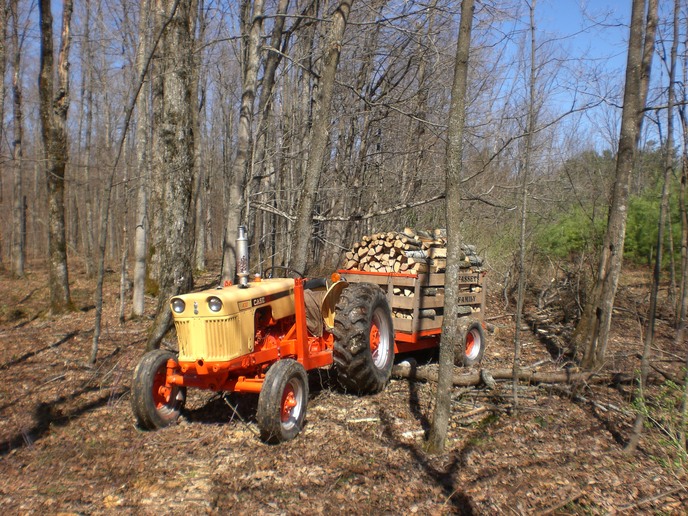Adirondack case guy
Well-known Member
We have been cutting dead Ash trees out of this woods for five years now. They get about 6to8" in diamiter and die. The Elms are all but extinct, Pine beatles are around to my north, and we lost all the leaves off the sugar maples in late summer a couple of years ago to catipillers. Between the bugs and the Chinese, our enviroment and economy will all be destroyed.
Heven forbid we take any action to stiffel these critters.
O well I guess us country boys can survive.

Heven forbid we take any action to stiffel these critters.
O well I guess us country boys can survive.


